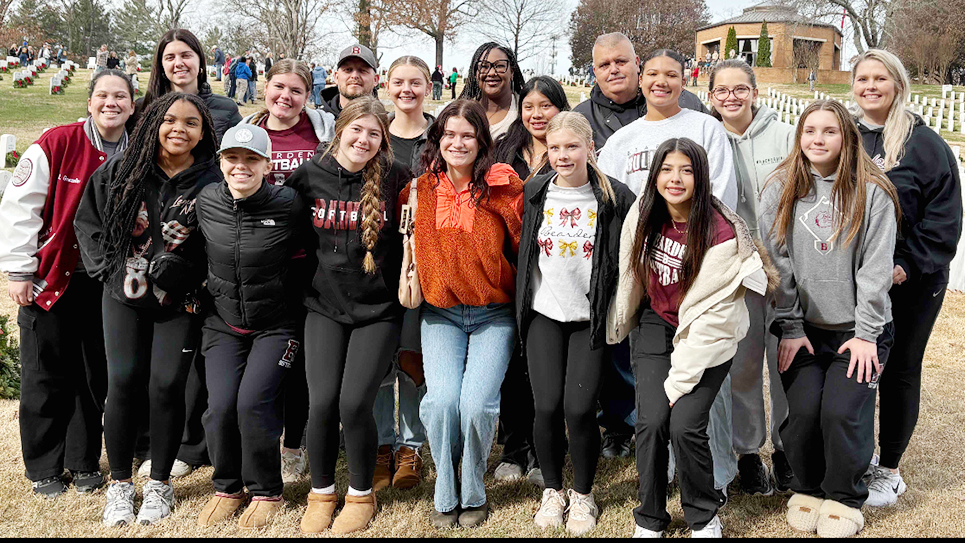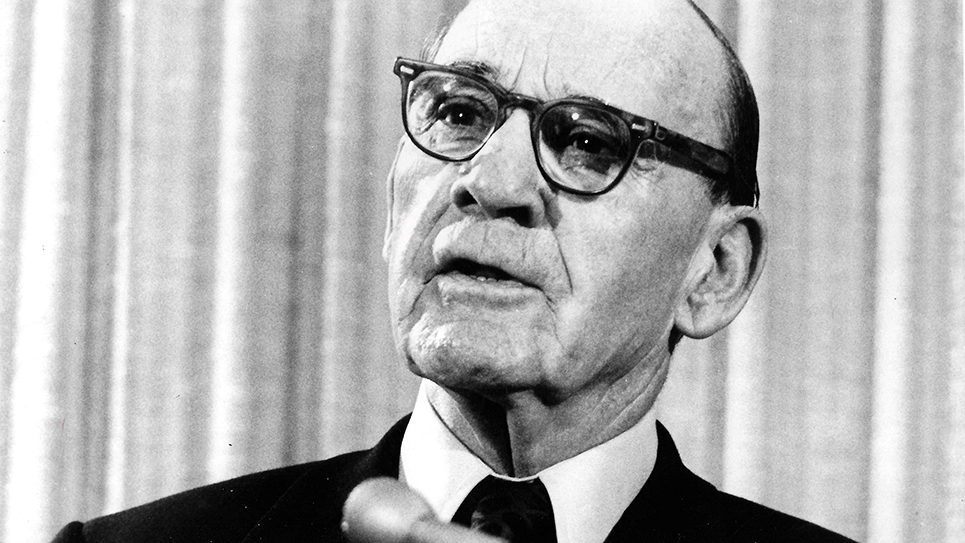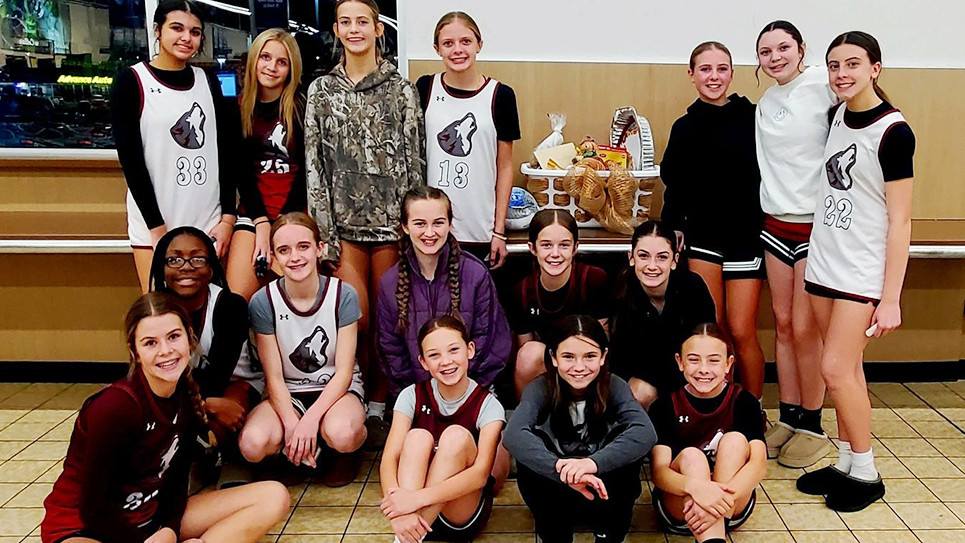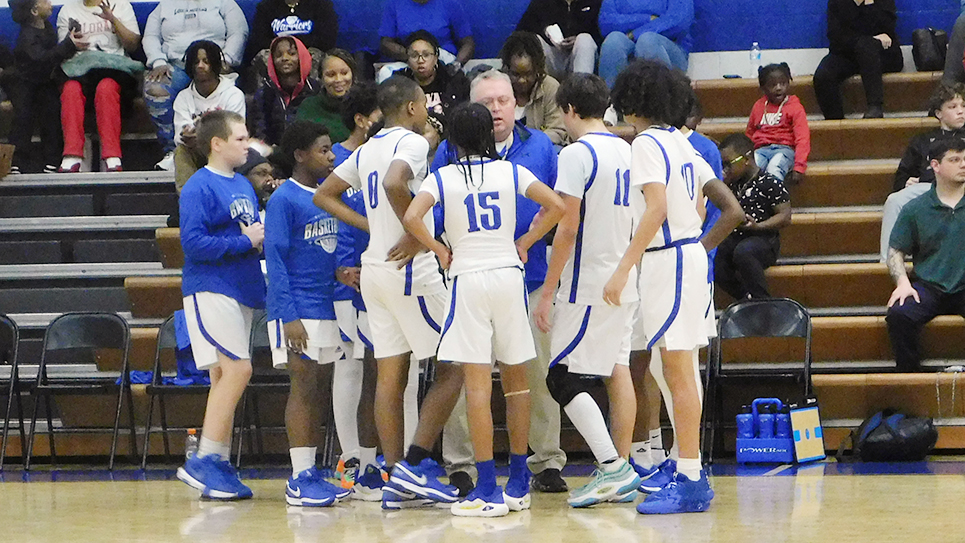By Ralphine Major
He often set a screen for his teammates placing himself between them and the defense. Those screens accounted for many of the 2-point shots that helped the Gibbs Eagles on their way to winning 31 games during the 1964-65 season.
As an eighth grader, Ron Graves played for Coach Dwane Ritter on the Gibbs Junior High School basketball team. They had a 15-0 season and won the Knox County Championship. By the time they became seniors on the varsity team, Ron knew the small, rural school had some of the best players in basketball. “Who were they?” I asked—as if I did not know. Graves named the five starters and their strengths. Three players stood at least 6-foot-4 or taller: Tommy Everette, David Widner, and Graves; Les Spitzer was a fast guard and great jump shot shooter; and another guard, Steve Wright, could score, as well.
“I knew we had the potential to be the best or one of the best in the Knoxville Interscholastic League (KIL), but I did not think about the state.” he added. Graves pointed out the impact of today’s 3-point shot just as his head coach had done before. “If there had been a 3-point shot then, it would have changed the game,” he said.
One thing that would not have changed is how this small community rallied around its high school team. In the middle of our talk about basketball, I was intrigued to hear Ron say, “he encouraged us.” It sounded like something I had heard about the Eagles’ beloved Head Coach, Bob Dagley. This time, it was a compliment for someone else—Woody Lay, a school custodian. “Coach Woody,” as they called him, would sit on the bench with the players and offer encouragement during the games. Woody and his family were well known in the Gibbs community. I knew Woody from church. He and his wife, Marie, along with his son, Jackie Lay, and daughter, Polly Pursiful, and their families have been long-time members of Fairview Baptist Church. I remember when Woody passed away in the early seventies. It is remarkable the influence Woody had on these young players such that they would remember him decades later.
During tournament time in 1965, Ron set the screens for his teammates just as he had done all season. The opponents’ relentless defense on the guards would not allow them to shoot the ball. Graves, however, was barely guarded at all. Lucky for the Eagles, Graves could score, too. His teammates got the ball to him repeatedly during one tournament game. At 6-foot-4, he could easily lay the ball in for two points. And, he did—again and again. In fact, Graves’ best performance on the court came during that tournament game.
No. 42 was crucial in helping the Eagles win the District 6 Championship and finish the season ranked No. 3 in the state. His ability to screen and score helped the small school hold their own against opponents in a time when there were no divisions. Small schools played the large schools. Fortunately, for Coach Dagley’s Eagles that year, the eleven players on the team were loaded with talent and height. Ron Graves was most definitely a link that made the team stronger.
(This is the tenth in a series about the amazing 1964-65 Eagles. Next week will be my Memorial Day column. My interview with No. 42, Ron Graves, will conclude on June 17.)






